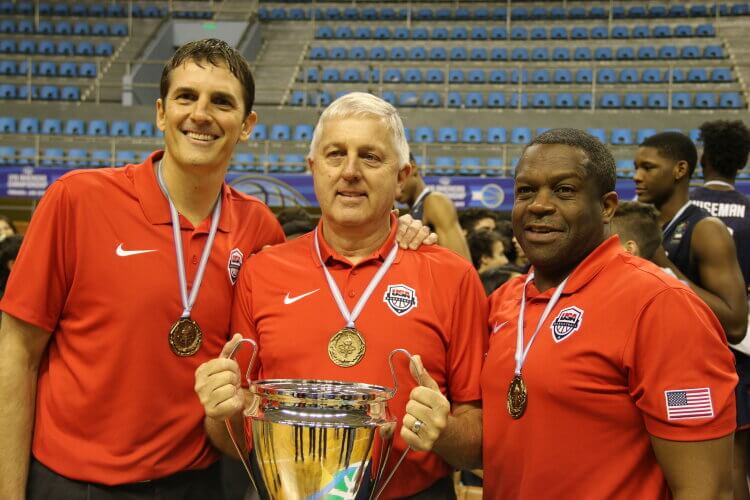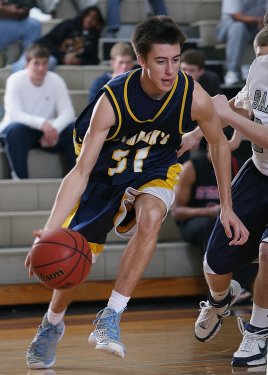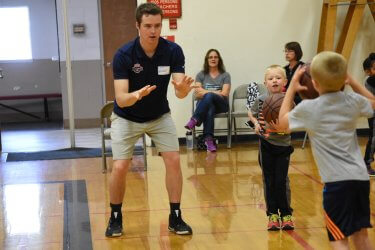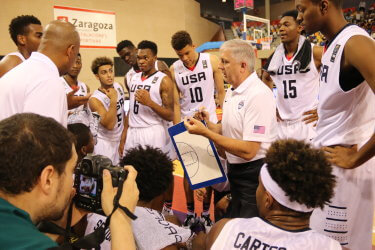(Editor’s Note: The article is adapted from the upcoming book Cornfields to Gold Medals: The Story of Coach Don Showalter and 15 GOLD Lessons from a Life of Leadership)
(3 Minute Read)
Coach Showalter glances at his phone as he and his coaching staff circulate across the dormitory. The digital display read 2:55 AM. At 3:00 AM, in unison, each coach knocks on a door and in their coaching voice shouts, “Get-up! Get-up! Time to rise!” Within a few seconds, teenagers appear; eyes squinted as they adjust to the light; brows furrowed, perhaps an annoyed expression but likely more in an inquisitive nature, curious about the early wake-up call. The coaches hand them a piece of paper with directions to follow, but no explanation. The youth retreat to get dressed as the coaches made their way to the commons area, a large open space outside the dormitory.

It was 2018 and the USA Basketball Junior National Team was in the middle of an eight-day training camp at the United States Olympic and Paralympic Training Center in Colorado Springs, CO in preparation for the U17 World Championships in Argentina. The teenagers are 16-17-year-old elite-level athletes, the best in the United States. The directions on the piece of paper state to be outside in the commons area by 3:10 AM in full workout gear. As the athletes converge on the commons area they are met by the coaches and another gentleman, unfamiliar to them. At 3:10, Coach Showalter orders all athletes present into a plank position, a core strength exercise. The athletes stay in the plank position until all their teammates are present, as a few stumble in late.




